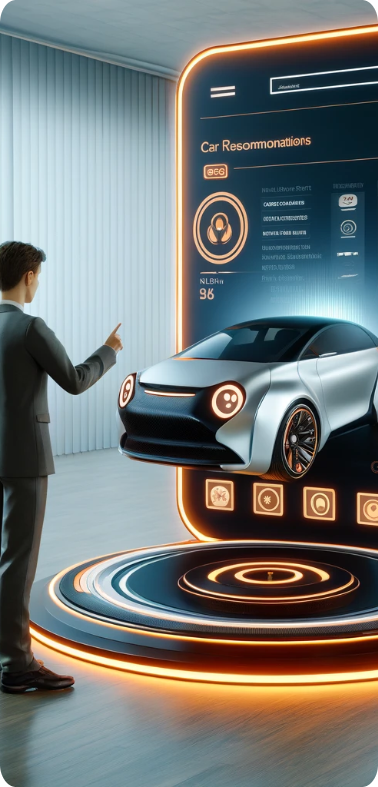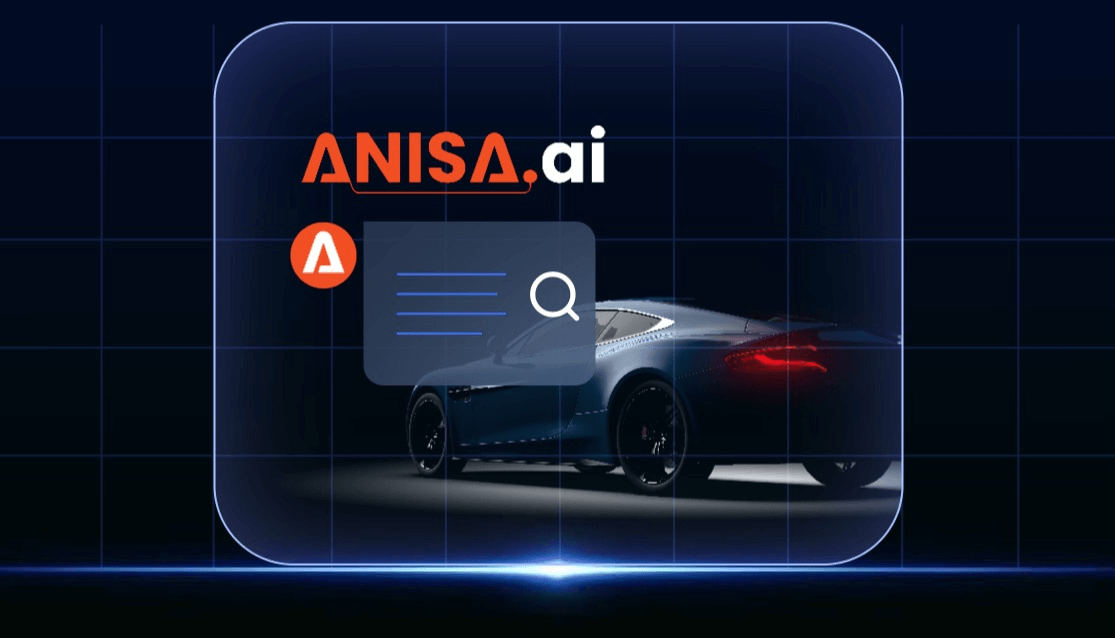Accelerating Towards Tomorrow: Electric Vehicles
May 31, 2024
|
By Phil Sura, CarNext Autos

You may be surprised to learn that the first electric vehicle was developed in the 1830’s by innovators like Robert Anderston and Thomas Davenport. It took another 50 years to improve the battery technology to make it more practical. The first commercially available electric cars were produced in 1890 by William Morrison of Des Moines, Iowa. The sales of electric cars slowed in 1920 because of the mass production of the more affordable internal combustion engine. The environment created the resurge of EV models in the 1990’s from auto manufacturers and Tesla, founded in 2003, played a major role in providing an affordable electric vehicle. Ford, Nissan, Chevrolet, Ford, Volkswagen, Mercedes and BMW now offer electric models.
Here is a breakdown of the 2024 US EV market share by auto manufacturer:
There is a cost associated with competing for EV market share. Ford has incurred significant losses with its electric vehicle (EV) models. In 2023, Ford's Model e division, which focuses on EVs, reported substantial financial setbacks. The division lost nearly $4.7 billion in 2023, an increase from a $2.1 billion loss in 2022 (Enterprise Technology News and Analysis) (Autoblog). In a recent discussion, Ford CEO, Jim Farley emphasized the importance of balancing the transition to EVs with maintaining profitability. He acknowledged that the high costs and pricing pressures associated with EVs are significant hurdles. Farley stated, "Relative to EVs, there's a lot we can do, and there's a lot we're doing. I think you're going to see a lot of seismic changes in the industry because of this pricing power reality that we've all faced. It's on us to get the cost right. That is the issue with the transition" (Enterprise Technology News and Analysis).
EVs will also face challenges from other providers of cleaner auto transportation. Here are some of the options available for consumers.
- Hydrogen Fuel Cell Vehicles (FCV)s use hydrogen to power an electric motor. Hydrogen reacts with oxygen in a fuel cell to produce electricity, water and heat. Only water vapor is emitted, the refueling time is around 5 minutes and the driving range is greater than most current battery electric vehicles. Examples of FCVs include the Toyota Mirai, Hyundai NEXO and Honda Clarity Fuel Cell. Source: Department of Energy: How Fuel Cells Work, Toyota Mirai, Hyundai NEXO, Honda Clarity Fuel Cell
- Plug-in Hybrid Electric Vehicles (PHEVs) combine the internal combustion engine with a battery-powered motor. These vehicles can be charged through the plug-in source and run on electric power alone for short distances. When the battery is depleted, the internal combustion engine takes over. Examples include the Toyota Prius Prime, Chevrolet Volt and the Ford Fusion Energi.
- Hybrid Electric Vehicles (HEVs): HEV’s combine an internal combustion engine with an electric motor. The HEVs reduce emissions and there isn’t a need for the charging stations. Examples include the Toyota Prius, Honda Insight and Ford Fusion Hybrid.
- Compressed Natural Gas (CNG): CNGs run on compressed natural gas. Examples include the Honda Civic.
___________________________________________________________________________
There is a reluctance with purchasing an electric vehicle in different parts of the US because of various factors. These concerns include anxiety in locating charging stations when traveling, requirements with time to charge a depleted battery, upfront costs for and longevity with battery replacements, battery range impact depending on the weather conditions (extreme cold or heat).
Can the Grid Handel the Demand if the US goes 100% electric?
Electric vehicles (EVs) accounted for 23.9% of all new cars sold in California, during the first quarter of 2024. (California Energy Commission) (Electrek) The state has a mandate that all new car sales must be zero-emission vehicles by 2035. This sounds great in theory but can California’s electrical grid handle this during peak demand periods? The major cities in California have experienced rolling blackouts, during high demand times with the use of home air conditioners. California is investing in its grid infrastructure, expanding its renewable energy to include solar and wind and offering incentives for charging during off-peak times.
Cost Barriers
The long-term cost savings of electric vehicles are well-documented but the upfront purchase prices remain a deterrent for many consumers. Government incentives, tax credits, and subsidies can help offset these costs and make EVs more affordable and accessible to a broader range of consumers. Advancements with battery technology should reduce the production expenses. In China, the cost of an electric vehicle (EV) is considerably less expensive. The BYD Seagull sells for $9,700 while the BYD Qin Pluse EV starts at $15,200. The low cost of EVs in China is influenced by the price of batteries.
These reductions are possible due to advancements in battery technology, such as the use of lithium iron phosphate (LFP) batteries, which are cheaper and have longer lifespans than traditional lithium-ion batteries. Major battery manufacturers like CATL and BYD have been reducing battery prices, which significantly lowers the overall cost of EVs. (CleanTechnica) (The Driven). Government policies are also supporting lower prices for the consumer. Overall, the combination of reduced battery costs and government subsidies will provide an advantage for the Chinese EV auto manufacturers.
The average cost to replace an EV battery (including labor) is $5,000-$20,000. Entry and compact EVs are typically on the lower end, $5,000-$7,000. Mid-range EVs can cost $7,000-$12,000 while the high-end model replacement batteries are $12,000-$20,000. Key factors influencing cost include the capacity, technology and warranty coverage. The life of the battery is impacted by driving habits (high speed and constant acceleration is hard on a battery), temperature and maintenance. Some companies offer refurbished batteries at a lower cost. The expectation is that the cost for batteries will be reduced.
Embracing the Future of Sustainable Transportation
As we look towards the future, it's clear that EV sales will continue to grow. By addressing concerns related to charging and grid infrastructures, and upfront costs, we can pave the way for widespread EV adoption. With ongoing technological advancements, increased investment in charging infrastructure, and growing consumer awareness, the future of electric vehicles is bright.







